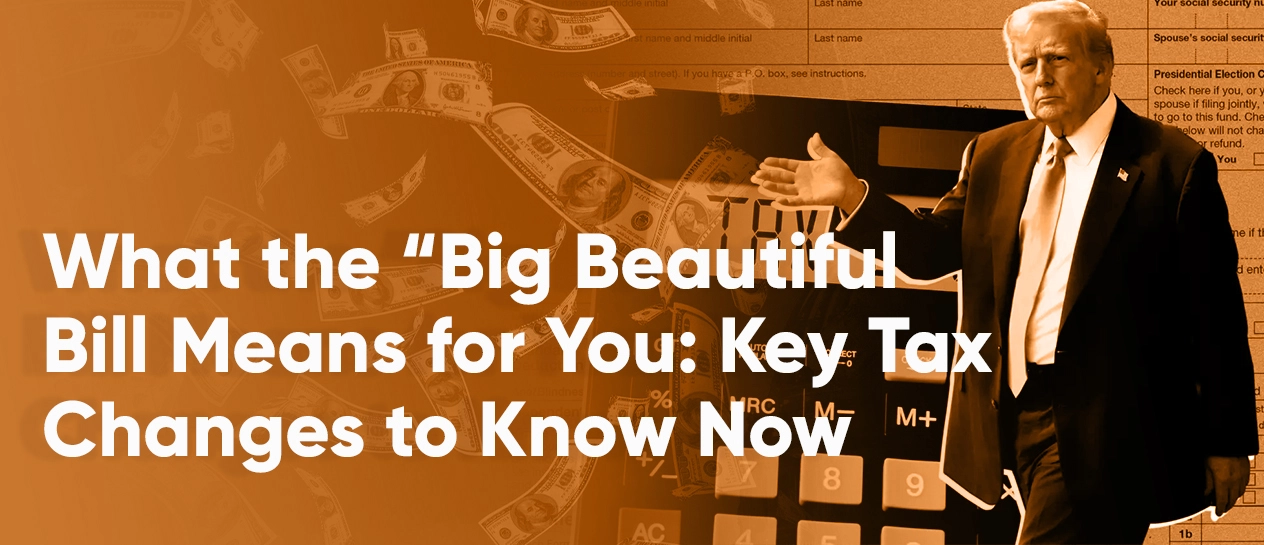A Pivotal Step Toward Comprehensive US Stablecoin Regulation
In a landmark move aimed at securing the future of digital currency in the United States, Senators Tim Scott, Bill Hagerty, Cynthia Lummis, and Kirsten Gillibrand introduced the Guiding and Establishing National Innovation for U.S. Stablecoins (GENIUS) Act on February 4, 2025. This bipartisan legislation marks a critical step in the ongoing effort to create a robust regulatory framework for stablecoins, a rapidly growing segment of the digital currency market. The bill promises to ensure that the U.S. remains at the forefront of financial innovation while addressing the need for consumer protection and financial stability.
The Genesis of the GENIUS Act
The GENIUS Act comes at a time when the global financial landscape is undergoing a digital transformation. Stablecoins, digital currencies pegged to real-world assets like the U.S. dollar, have become an integral part of the financial ecosystem, facilitating faster, cheaper, and more efficient transactions. However, despite their growing influence, the lack of clear regulatory guidelines has hindered their widespread adoption, raising concerns about market manipulation, fraud, and consumer protection.
This new bill aims to address those concerns and provide clarity in an area where previous efforts have fallen short. Chairman of the Senate Banking Committee, Tim Scott (R-SC), has expressed his commitment to ensuring the passage of the GENIUS Act within the first 100 days of President Donald Trump’s administration, underscoring the urgency of regulating this emerging market.
Key Provisions of the GENIUS Act
One of the most significant features of the GENIUS Act is its comprehensive approach to the oversight of stablecoins. By establishing clear guidelines for stablecoin issuers, the Act mandates that these entities maintain segregated one-to-one reserves to ensure that each stablecoin is backed by real assets. This transparency aims to restore consumer confidence, ensuring that stablecoins are not subject to the kind of volatility that has plagued other cryptocurrencies like Bitcoin and Ethereum.
To further safeguard consumers, the GENIUS Act also requires stablecoin issuers to comply with U.S. anti-money laundering (AML) and sanctions regulations. In addition, issuers will be subject to regular audits and public disclosures regarding their reserves, fostering an environment of accountability and financial integrity. Importantly, the bill does not prohibit stablecoin issuers from offering interest on their holdings, allowing for innovation in financial products while maintaining oversight.
The bill also provides much-needed clarification regarding the classification of stablecoins. It specifies that payment stablecoins, which are pegged to a fixed monetary value for the purpose of payments or settlement, will not be classified as securities. Instead, they will be subject to a banking-like regulatory framework, offering a more appropriate level of scrutiny while promoting innovation in digital payments.
Addressing Global Competition
The introduction of the GENIUS Act also comes at a time when the U.S. is facing increasing competition in the digital asset space. Countries like the European Union and jurisdictions such as Dubai have already made significant strides in regulating stablecoins and other digital assets. In fact, the EU’s Markets in Crypto-Assets (MiCA) law and Dubai's regulatory framework have provided more clarity to market participants, potentially leaving the U.S. at a disadvantage in terms of attracting investment and fostering innovation.
The GENIUS Act aims to reverse this trend by establishing the U.S. as a leader in the digital asset space. The bill’s proponents argue that a clear regulatory framework will not only foster innovation but also strengthen the U.S. dollar’s position as the global reserve currency. Stablecoins, as a digital alternative to holding U.S. dollars, offer individuals around the world access to the world’s most stable currency without the associated costs or barriers to entry. This could be particularly beneficial for individuals in emerging markets where access to traditional banking services is limited.
Dual Regulatory Approach
The GENIUS Act adopts a dual regulatory approach, combining federal oversight with state-level flexibility. While larger issuers with market capitalizations over $10 billion will be regulated by federal entities such as the Federal Reserve and the Office of the Comptroller of the Currency (OCC), smaller issuers can operate under state supervision, as long as their regulatory framework aligns with federal standards. This flexible system ensures that both large and small issuers can thrive in a regulatory environment tailored to their needs.
A notable feature of the GENIUS Act is its consideration of the role of algorithmic stablecoins, which are not backed by physical reserves but rather use complex algorithms to maintain stability. While the GENIUS Act requires the U.S. Treasury to study these “endogenously collateralized” stablecoins, it does not impose a blanket ban on them. In contrast, the Stablecoin Transparency and Accountability for a Better Ledger Economy (STABLE) Act—a companion bill introduced in the House of Representatives—proposes a two-year moratorium on the issuance of algorithmic stablecoins.
Implications for U.S. Financial Institutions and Corporations
The GENIUS Act also opens the door for major corporations, such as Meta, Google, and Home Depot, to issue their own stablecoins. This development could allow these companies to effectively enter the banking sector, offering financial services without facing the same regulatory scrutiny as traditional banks. While this could spur innovation, it also raises concerns about data privacy, market concentration, and potential conflicts of interest.
Additionally, as stablecoin issuers have become significant holders of U.S. Treasuries, the GENIUS Act could bolster the demand for U.S. government debt. The increase in stablecoin circulation—now at an all-time high of $170 billion—means that stablecoins could play a growing role in supporting the U.S. financial system, especially as they become a more widely accepted form of digital currency.
Looking Ahead: The Future of Stablecoin Regulation
The GENIUS Act is just the beginning of a much-needed regulatory overhaul in the world of digital currencies. The legislation represents a pivotal moment in the development of stablecoin regulations and lays the foundation for future growth and innovation. As new technologies emerge and stablecoins evolve, it is critical that regulators remain agile and responsive to these changes.
By establishing a clear and transparent regulatory framework, the GENIUS Act could unlock the full potential of stablecoins while protecting consumers and promoting financial stability. As the U.S. continues to navigate this new frontier, the careful balance between innovation and oversight will be key to ensuring that stablecoins can play a meaningful role in the future of payments, both domestically and internationally. In the end, the GENIUS Act represents a significant step forward for the U.S. in securing its place as a global leader in digital financial innovation, helping to maintain the U.S. dollar's dominant position in the global economy while paving the way for the next generation of financial products and services.



